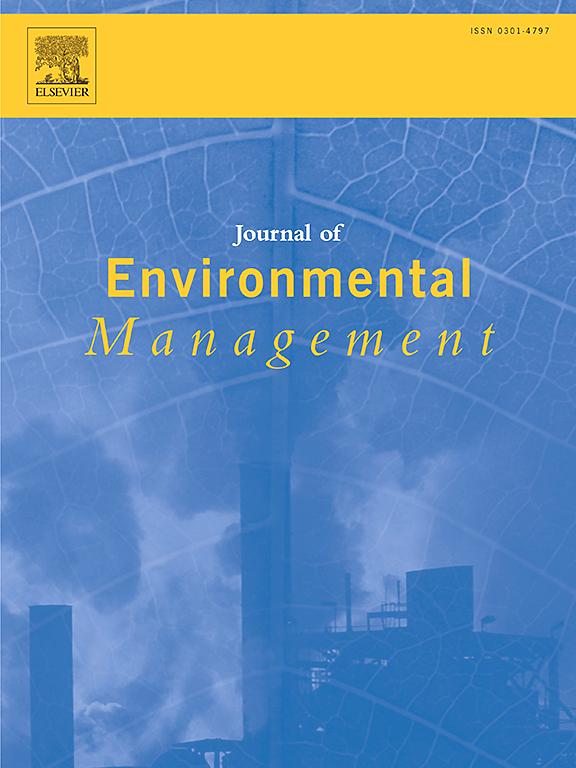Agricultural systems design: Strategies for nutritionally oriented sustainable intensification
IF 8
2区 环境科学与生态学
Q1 ENVIRONMENTAL SCIENCES
引用次数: 0
Abstract
Sustainable intensification of agriculture has been proposed as a desirable solution to meet human needs while protecting the environment. However, due to varying concepts of sustainability and intensification, the meaning and means of intensifying agricultural systems sustainably remain an open debate. We ask whether the system's purpose (nutritionally oriented) and design can significantly impact sustainable intensification performance. The design of four agricultural systems ranging from monoculture to crop diversification gradients and crop-livestock integration for protein and energy (calories) reinforcement are compared for a four-year production cycle using a strong sustainable approach supported by the thermodynamic law: emergy assessment. The findings suggest that (i) crop-livestock integration and crop diversification increase renewability and reduce the unsustainability of agricultural systems; (ii) crop-livestock integration promotes sustainable intensification for both protein and energy purposes; (iii) increased crop diversification over the system cycle doesn't mean increased sustainability of protein or energy intensification, and (iv) the system's purpose defines the optimal design for sustainable intensification. We conclude that both the purposes and design of agricultural systems are relevant for nutrition-oriented sustainable intensification and require long-term assessments to reinforce such assertions.
求助全文
约1分钟内获得全文
求助全文
来源期刊

Journal of Environmental Management
环境科学-环境科学
CiteScore
13.70
自引率
5.70%
发文量
2477
审稿时长
84 days
期刊介绍:
The Journal of Environmental Management is a journal for the publication of peer reviewed, original research for all aspects of management and the managed use of the environment, both natural and man-made.Critical review articles are also welcome; submission of these is strongly encouraged.
 求助内容:
求助内容: 应助结果提醒方式:
应助结果提醒方式:


